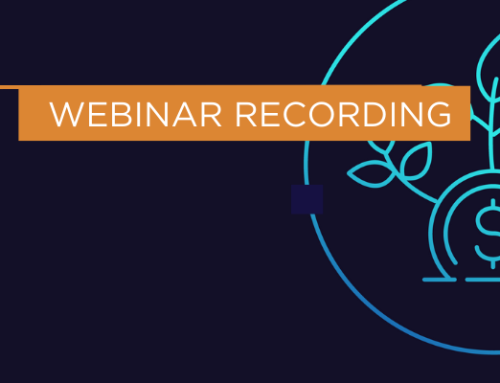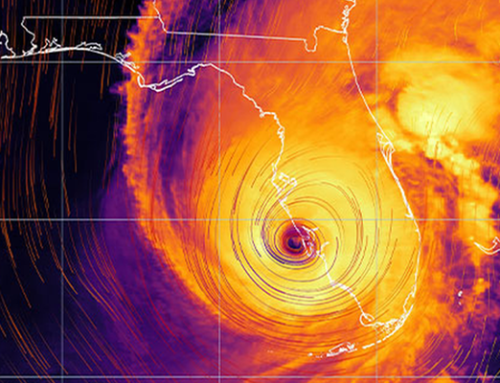With the passage of the Tax Cuts and Jobs Act, the benefits of 529 savings plans have changed for the better! The IRS code 529 was modified to specifically include “enrollment or attendance at an elementary or secondary public, private, or religious school” so now parents who have 529 plans, and whose kids are still young, don’t have to pay for the education expenses directly.
A 529 savings plan is an investment where earning and principal withdrawals are non-taxable if used for certain education expenses. In previous tax years, only qualified expenses at the college or university level were allowed, but now 529 savings plans include tax-free distributions to pay for K-12 expenses as well. Contributions are limited to $14,000 a year and the limit on withdrawal for K-12 expenses is $10,000 year. There is no limit on secondary expenses withdrawals.
Education expenses include the cost of the purchase of any computer technology, related equipment and/or related services such as Internet access. These expenses qualify if they are used by the plan’s beneficiary or the beneficiary’s family while enrolled at an eligible educational institution.
A few additional points to mention:
- At one point, it was discussed if the benefit expansion would include homeschooling expenditures but was not included in final revisions.
- 529 savings plans are best treated as long-range investments. The longer you leave the principal alone, the more it gains, making for a more effective plan.
- According to U.S. News, less than half of states have adopted the same federal rules – so some state-sponsored plans may not allow for distributions for K-12 and contributions may not be deductible.
How does the state where you live and the age of your child affect your savings plan? Contact your local tax advisor or contact PBMares to make your 529 savings plan work to your benefit.





